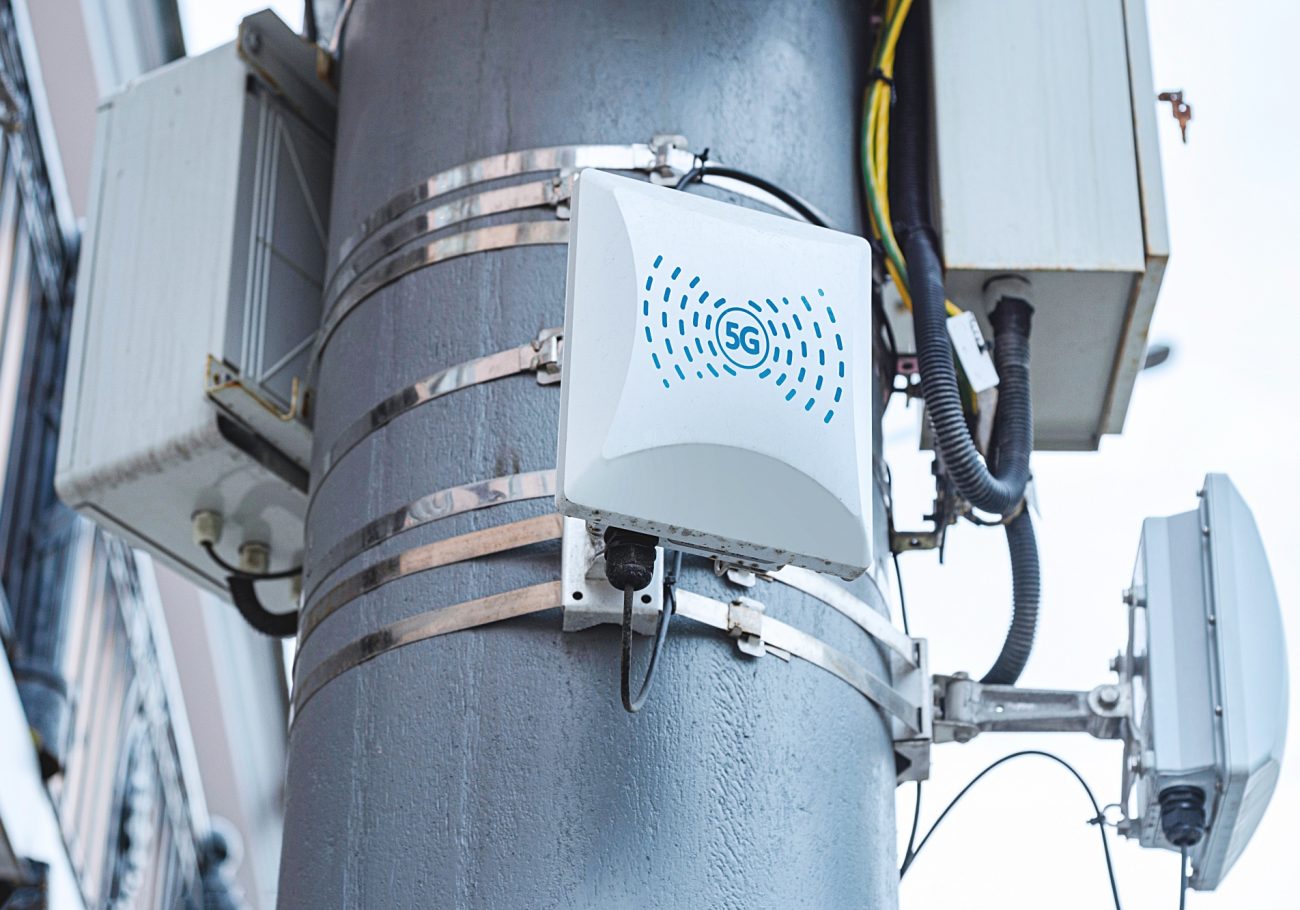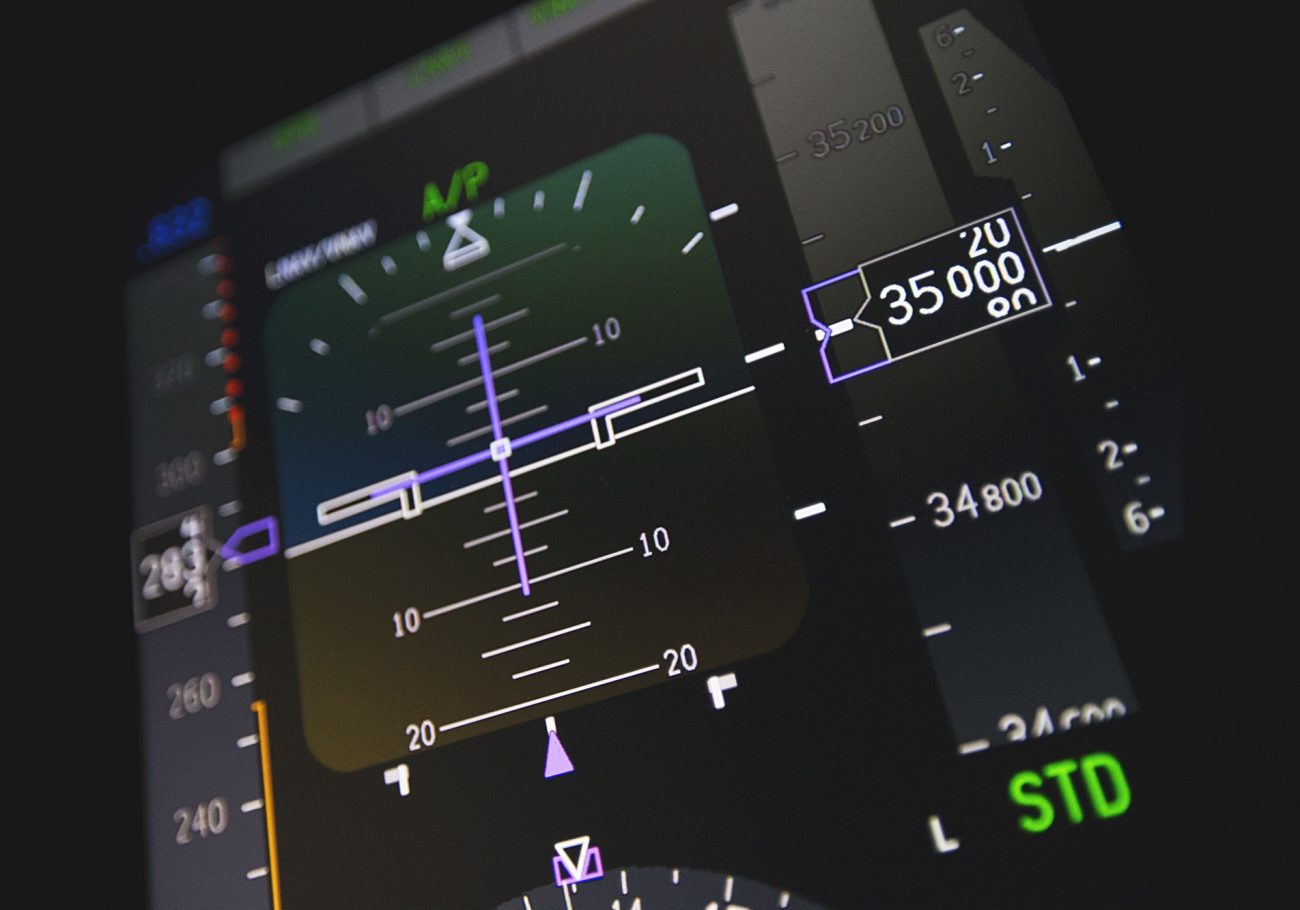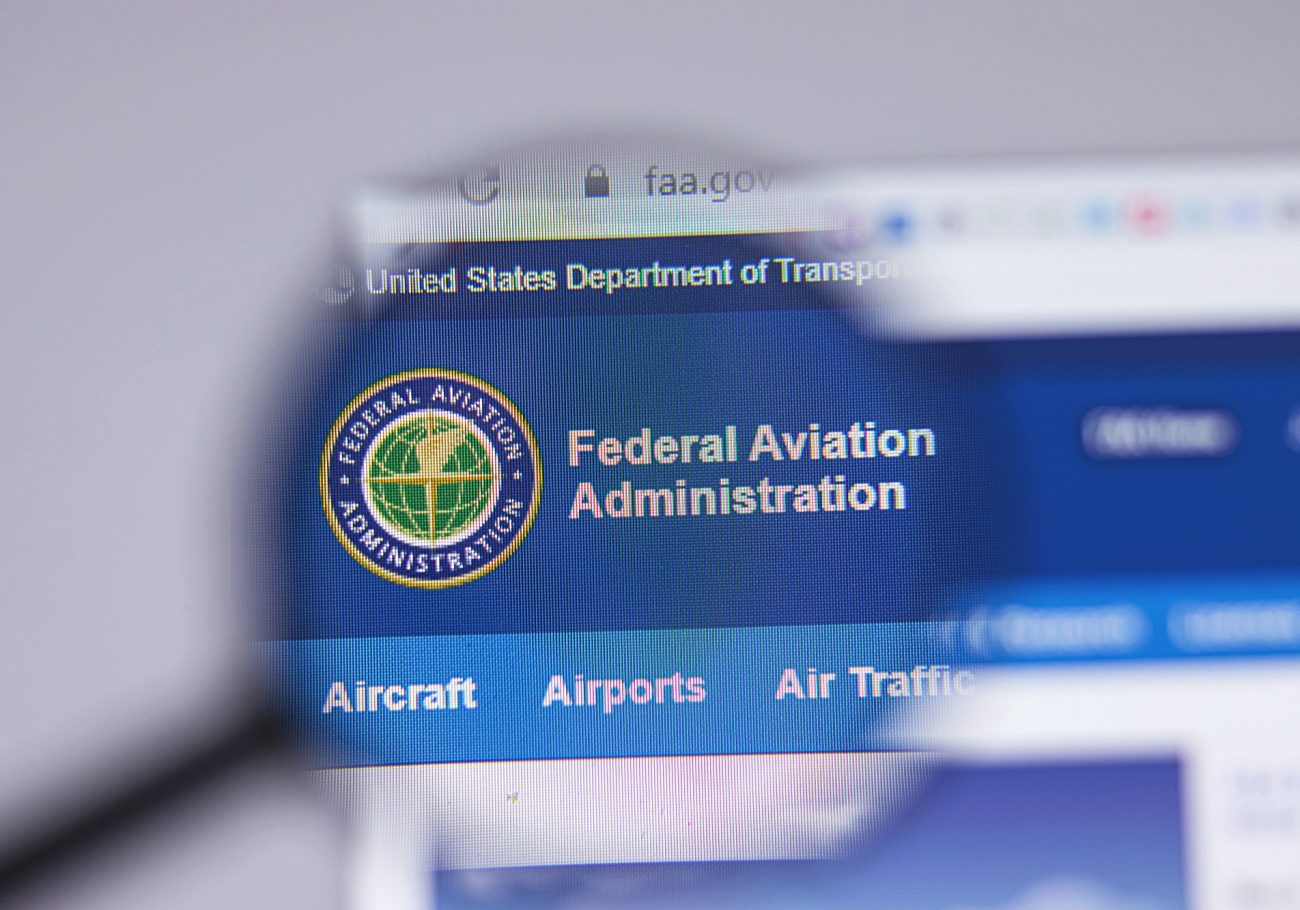TELECOMMUNICATIONS GIANTS TAKE 5

The go-live of 5G networks in the USA hit the headlines earlier this year, for all the wrong reasons, with both commercial and private aviation negatively affected. The NBAA has been at the forefront of the discussion, on behalf of private aviation. Dan Hubbard, SVP Communications, explains the problem, the temporary solution, and the long-term effects.
The problem
Over the last few years telecommunications companies in the United States, by far the biggest private aviation market in the world, have been rolling out 5G networks. In January this year, Verizon and AT&T planned to roll out their C-band 5G networks, which offer greatly enhanced internet service for users.
However, aviation industry players highlighted that the C-band sits very near the band of frequencies used by aircraft radar altimeters and their associated systems, and could interfere with this essential technology. Radar altimeters let pilots know how high their plane is from the ground or other obstacles and are crucial for aircraft landing in low visibility conditions. In addition, they may be integrated with other equipment, including terrain avoidance and warning systems and autoland capabilities, as well as ground spoilers, anti-skid braking and other seemingly unrelated systems.
Aviation stakeholders first raised concerns about potential 5G interference in 2015 and proposed limiting frequency allocation for such networks to a lower range of 3.2-3.7 GHz. Ahead of the 2020 spectrum auction by the Federal Communications Commission (FCC), NBAA joined with other stakeholders in petitioning for a postponement in order to work together on a solution. The association joined with avionics manufacturers, aircraft manufacturers and other groups over the past year in calling on the FCC and telecommunications industry to collaborate on an effective mitigation strategy.
Having been alerted to the potential problems, in December, just before the rollout was due, the US Federal Aviation Administration (FAA) issued an urgent order forbidding pilots from using potentially affected altimeters around airports where low-visibility conditions would otherwise require them. This means that pilots are unable to perform instrument-only landings at these airports. The order potentially affects more than 6,800 aircraft in the United States, across a range of aircraft OEMs.
Dan Hubbard, SVP Communications, NBAA said: “The two providers acceded to move the planned nationwide rollout of these 5G networks to January 19th, which the Federal Aviation Administration stated would provide ‘additional time and space to reduce flight disruptions associated with this 5G deployment.’
“In addition, ahead of the rollout, AT&T and Verizon voluntarily agreed to delay 5G transmitter deployments near approximately 80 airports for an unspecified period. The FAA also reported that both companies have agreed to ‘a set of mitigations comparable to measures used in some European [airport and airspace] operating environments’ for six months. In the meantime, the FAA has introduced new Safety Alerts for Operators and Airworthiness Directives that would restrict operations of aircraft to a designated and potentially more limited roster of airports or airspace areas,” he added.
NBAA and other industry stakeholders, as well as government regulators and agencies, are using this time to gather and share much-needed data about these developments. These changes affect all aviation segments, but particularly business aviation, which uses a much wider range of airports.
The NBAA states that, as of March 3rd, 2022, the FAA had issued more than 2,000 aerodrome Notices to Air Missions (NOTAMs) and instrument approach procedure (IAP) NOTAMs affecting more than 100 airports used by both commercial and business aviation, including Part 139 certificated airports and many other non-Part 139 airports and landing facilities.
Hubbard explained that although Verizon and AT&T have agreed to keep transmission towers turned off at approximately 80 airports where those towers are within two miles of affected runways, those airports may still experience operational impacts from 5G signals.
The obvious question is why has this been a problem in the USA, but not elsewhere in the world?
He said: “Operators currently have two options. Either comply with the Airworthiness Directive (AD) or use an available alternative means of compliance (AMOC). If using the AD, there are currently no equipment modifications available, meaning flight operations will be significantly limited at those NOTAM’d airports. However, business aviation airframe and avionics OEMs continue to work aggressively to submit AMOC applications to the FAA, many of which have already been approved, allowing operators of specific aircraft or avionics to supersede NOTAM directives.
“Operators utilising an AMOC for their specific aircraft and equipment to continue to operate into airports that are NOTAM’d, will be required to take additional actions. The FAA reassesses these AMOCs monthly as the agency receives new information on tower deployments from the telecom companies. AMOCs also carry expiration dates and operators should continuously check with their OEM to verify they are operating under the latest AMOC. If a new AMOC is issued, per the AD, you will be required to connect with your local Flight Standards District Office (FSDO). Keep in mind, the OEM maintains the AMOC and is the best resource for the latest information regarding that document.”
Using daily feedback, the FAA will continue to assess the effects on aviation operations. Where possible, they will remove NOTAMs where restrictions can be eased, so it is critical for operators to share any 5G interference.
Not a problem elsewhere
The question is why has this been a problem in the USA, but not elsewhere? The FAA explains that US airspace is the most complex in the world, and maintains the highest safety standards, and that deployment of 5G in other countries has been accommodated by lower power levels, antennae adjusted to reduce potential interference, different placement of antennae relative to airfields and frequencies with a different proximity to frequencies used by aviation equipment.
Hubbard said: “There is no valid comparison, in part because US standards and operating environments are unique. Implementation of 5G networks in other countries and regions of he world has been technically different, with systems operating at reduced power or using different frequencies from the altimeter spectrum than the C-Band frequencies to be used by the Verizon and AT&T 5G networks.”
Hubbard added: “While NBAA supports technologies that offer the potential to improve data transmission speeds, these latest radar-altimeter interference concerns reaffirm the need for aviation stakeholders to be engaged throughout any such rollouts that could negatively affect critical aviation safety equipment.”











